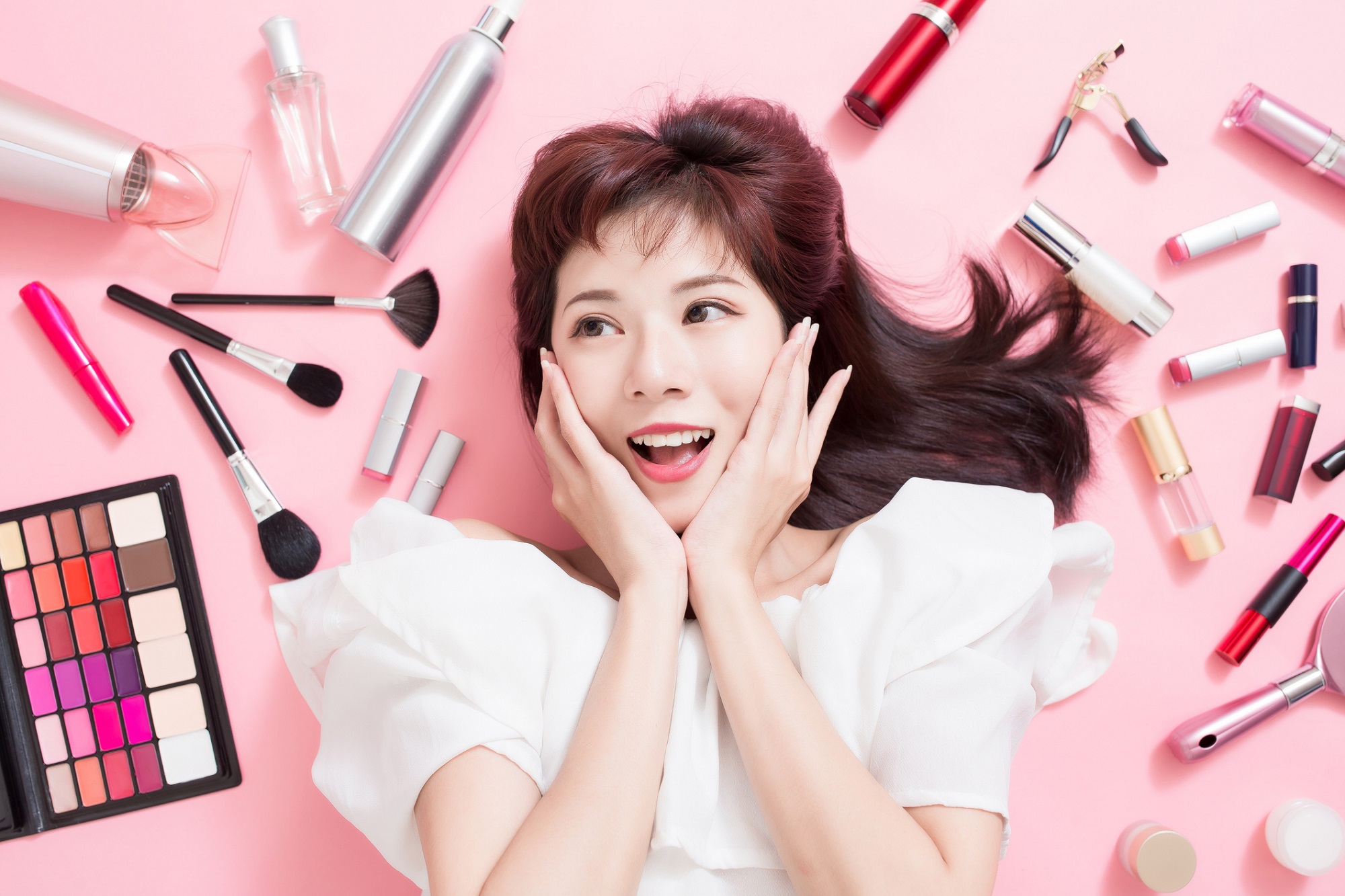K-Beauty’s influence in the US has continues to evolve from a niche trend to a cultural and commercial powerhouse, according to the newly released “Second Wave of K-Beauty” report by Sarah Chung Park, CEO of B2B beauty platform Landing International. K-Beauty, which first took off with the launch of BB cream in 2011, has since grown into a powerful force in the beauty industry.
As detailed in the report, “in the first four months of 2024, South Korea ranked first in the US imported cosmetics market share,” surpassing France with exports valued at $477.1 million. Driven by the popularity of skin care routines that emphasize natural ingredients and multi-step regimens, K-beauty revenue in North America is expected to grow from $3.8 billion in 2022 to $9.9 billion by 2032, the report stated.
From curiosity to cultural phenomenon
The first wave of K-Beauty introduced Korean products with “quirky, kitschy packaging and novelty items, often seen as fun and playful,” but lacked long-term consumer engagement. As explained in the report, K-Beauty brands in the early 2010s faced challenges in the West, particularly in “resonating with a broad audience” and struggled due to “low awareness of Korean culture” and a lack of marketing channels.
In contrast, the second wave is capitalizing on the growing popularity of K-Culture, including K-pop, K-dramas, and Korean food. K-Beauty is now recognized for its “innovation, use of natural ingredients, and sleek, modern packaging” that appeals to more sophisticated consumers, particularly millennials, Gen Z, and Hispanic consumers. The report emphasized that this wave is defined by “cultural relevance, innovation, and a strong digital presence.”
Expanding beyond skin care
While skin care remains central to K-Beauty’s success, the report highlighted that the industry is now “making significant inroads into hair care, color cosmetics, body care, and fragrance.” For example, the report illustrated, “the number of Korean cosmetics sellers earning more than $100,000 per year has also more than doubled from 2022, underscoring their strong growth streak in terms of quantity and quality, according to Amazon.”
This expansion reflects both consumer demand and K-Beauty’s reputation for natural ingredients and affordability. These categories, especially hair care and body care, are expected to drive future growth, signaling K-Beauty’s evolution into a comprehensive beauty solution.
Digital platforms fuel growth
Amazon and TikTok have been instrumental in driving K-Beauty’s second wave of growth in the US market. According to the report, “K-Beauty revenue on Amazon.com jumped 78% year over year” in 2023, and sales are expected to more than double in 2024, largely driven by initiatives like Amazon’s “Project K-Beauty Go Big,” which are designed to simplify the entry of Korean beauty brands into international markets, the report confirmed.
TikTok, with its 170 million US users, has also played a pivotal role in K-Beauty’s growth. The report reveals that searches for “Korean skin care” on TikTok rose 180% year-over-year in 2023. Hashtags like #kbeautymakeup grew 85%, making TikTok a key discovery platform for K-Beauty trends. Additionally, “six out of the top ten skin care brands by TikTok views growth are K-Beauty brands,” showing the power of social media in driving product visibility and sales.
In terms of search behavior, US consumers are gravitating towards products like “Korean Sunscreen,” “Sheet Masks,” and “Tinted Sunscreens,” which rank among the top K-Beauty-related Google search terms. “Amazon’s dominance is clear, with a combined 224.4 million K-Beauty-related views, surpassing Sephora,” while hashtags like #amazonfinds have driven engagement, said the report. Sephora also remains a key player, with its hashtag #sephora generating 175 million views and strong consumer engagement in K-Beauty, the report confirmed.
Social shareability and consumer loyalty
The report also emphasized the growing role of social media in generating word-of-mouth marketing for K-Beauty. “K-Beauty’s social shareability has allowed lesser-known Korean beauty brands to become increasingly popular in the US market,” the report stated. This popularity has been further amplified by positive reviews and testimonials shared on platforms like TikTok and Instagram, where K-Beauty products are praised for their “high-quality, affordable” offerings.
With increasing sales generated from positive word-of-mouth, exports to the US from small and medium-sized K-Beauty brands increased by 79.1% to $266.3 million in Q3 2023, the report confirmed, underscoring the importance of digital visibility and consumer engagement in shaping K-Beauty’s future in the US.
The second wave of K-Beauty is more than a fleeting trend—it is a powerful cultural and commercial force reshaping the US beauty landscape. With its innovative products, strong social media presence, and growing consumer base, K-Beauty is well-positioned to continue expanding across multiple beauty categories. US cosmetics manufacturers and retailers who embrace the lessons of the second wave, particularly in distribution and digital marketing, will be able to capitalize on this dynamic market.

